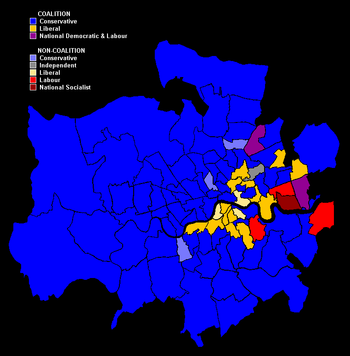United Kingdom general election, 1992
- Tories: 336
- Labour: 271
- Otherwise:. 44
The British House of Commons 1992 elections were held on 9 April 1992. Was chosen in 651 constituencies (previously 650) on the relative majority vote. The Conservative Party under John Major won a not predicted by the forecasts victory over Labour under Neil Kinnock and presented to the Labour victory of 1997, the government. It was the fourth victory of the conservatives in a row.
- 2.1 Follow
Electioneering
Shy Tory Effect
During the election campaign a head-to -head race of the Labour Party and the Conservatives has been predicted again and again. However, many conservative voters were too shy to admit in surveys that they would vote for the Tories, and so there was a stark difference between polls and results.
Soapbox
John Major also managed the election to be decided by a populist campaign for themselves. He traveled across the country with a soapbox and stopped in the middle of pedestrian zones speeches that were applauded on the one hand and on the other hand disturbed. He usually gave themselves heard with a megaphone or a microphone.
Election results
Follow
Neil Kinnock resigned as party leader of the Labour Party back to make room for John Smith.










